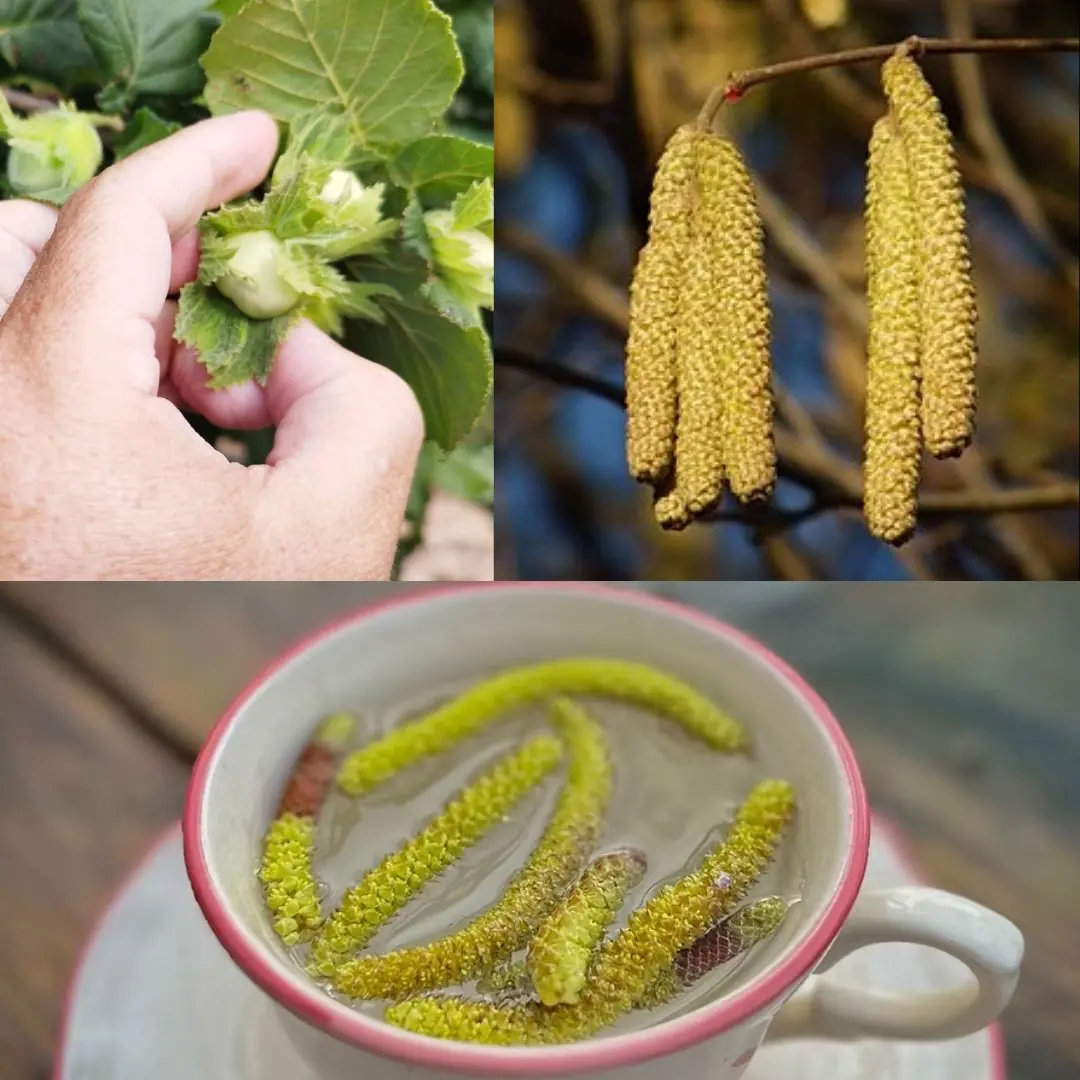
Turn Papaya Leaves Into a Powerful Homemade Detergent
In a world where household costs are rising, finding affordable and effective cleaning alternatives has become a priority for many families. What if you could create a powerful, thick, foamy detergent using natural ingredients, some of which you might already have at home or in your backyard?
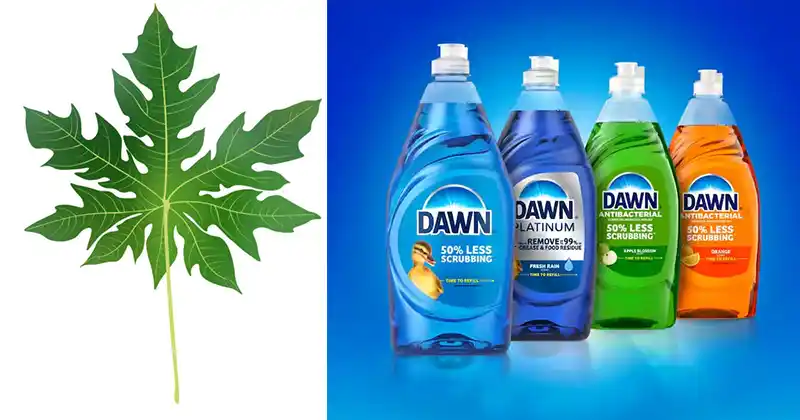
Papaya leaves, often discarded or overlooked, are rich in natural enzymes and compounds that can help break down grease and grime. When combined with a few basic kitchen staples, these leaves can be transformed into an efficient and long-lasting homemade detergent. This solution is not only economical but also a great way to repurpose natural resources in your home.
Let’s walk through a step-by-step guide to making your very own papaya leaf detergent.
Why Use Papaya Leaves?
Papaya leaves contain an enzyme called papain, known for its ability to break down proteins. This makes it especially helpful in cleaning stubborn residues, degreasing surfaces, and even whitening fabrics. In traditional households, papaya leaves have been used for decades in natural remedies and cleaning solutions. Their cleansing power is real, and when paired with common household ingredients, they become a valuable cleaning aid.
Ingredients You’ll Need
To make this powerful detergent, gather the following ingredients:
- 3 fresh papaya leaves (washed and chopped)
- 1 liter of water (room temperature)
- 2 additional liters of water (for dilution)
- 2 tablespoons of salt
- 2 tablespoons of baking soda
- Liquid dish detergent (any brand or scent)
- A sieve and clean cloth
- A blender
- A container or empty detergent bottles for storage
Step-by-Step Preparation
1. Blend the Papaya Leaves
Start by adding the 3 chopped papaya leaves into a blender with 1 liter of room-temperature water. Blend for approximately 3 minutes until the mixture is fully liquefied. This process extracts the beneficial properties of the leaves into the water.
2. Strain the Mixture
To remove fibrous residue, strain the liquid using a sieve lined with a clean, thin cloth. This ensures a smooth solution free of particles that might interfere with the detergent’s texture. You’ll be left with a green liquid that holds all the useful components of the papaya leaf.
3. Add More Water
Pour this strained liquid into a large mixing container and add 2 more liters of water. This dilution helps balance the detergent’s strength while ensuring better consistency.
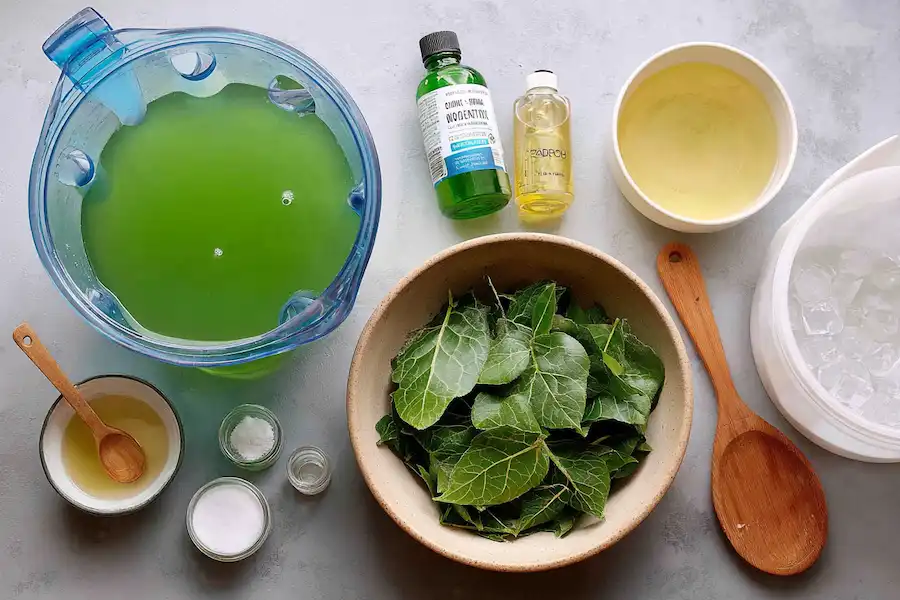
4. Add Salt and Baking Soda
Next, mix in 2 tablespoons of salt and 2 tablespoons of baking soda. These ingredients serve multiple purposes:
- Salt acts as a preservative, a thickening agent, and helps to increase cleaning effectiveness.
- Baking soda boosts degreasing power, balances acidity, and contributes to a thicker consistency.
Stir thoroughly until both are completely dissolved.
5. Incorporate Store-Bought Detergent
Gradually add your store-bought liquid detergent. It’s recommended to pour slowly while stirring to ensure the mixture thickens uniformly and doesn’t separate. You can use the same quantity as you would for a regular load—about 200 to 250 ml of detergent should be enough for the whole batch.
As you stir, you’ll notice the solution becoming thicker, smoother, and foamier.
6. Check the Consistency
The final product should be a rich, green detergent with a pleasant texture and a consistency similar to commercial options—maybe even better. It should have a fresh scent, lots of foam, and a strong cleaning effect thanks to the blend of ingredients.
How to Store
Pour the finished detergent into clean bottles, such as reused dish soap containers or a 2-liter bottle. This recipe yields around 4 liters of detergent, giving you an impressive supply for regular household use.
Thanks to the salt and baking soda, this detergent has a shelf life of up to 2 months when stored in a cool, dry place. It won’t curdle or lose effectiveness if prepared and stored correctly.
How to Use
This detergent can be used for:
- Washing dishes
- Cleaning kitchen surfaces
- Whitening cloths and dish towels
- General household cleaning tasks
It produces ample foam and easily removes grease and stains—making it perfect for daily cleaning chores.
Extra Tip: Cleaning Your Blender
If you’re concerned about your blender retaining the smell of papaya leaves, simply fill it with water and add a splash of vinegar. Let it soak for 3–4 hours. This helps remove any odors or residues left behind.
This homemade detergent is an excellent way to make the most of natural ingredients and reduce dependence on commercial cleaning products. With papaya leaves as the star ingredient, you’re not only saving money but also embracing a more sustainable way to care for your home.
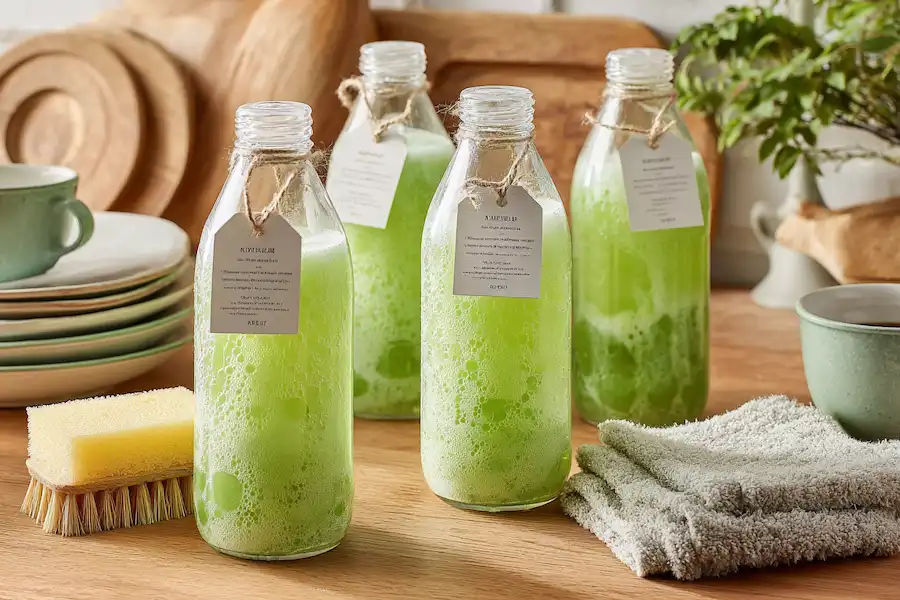
Whether you’re looking to stretch your budget or reduce chemicals in your home, this papaya leaf detergent is a clever and rewarding solution.
Disclaimer: This detergent is intended for household use only. Always test on a small area or surface first, especially if you have sensitive skin or allergies. Avoid contact with eyes, and keep out of reach of children.
News in the same category

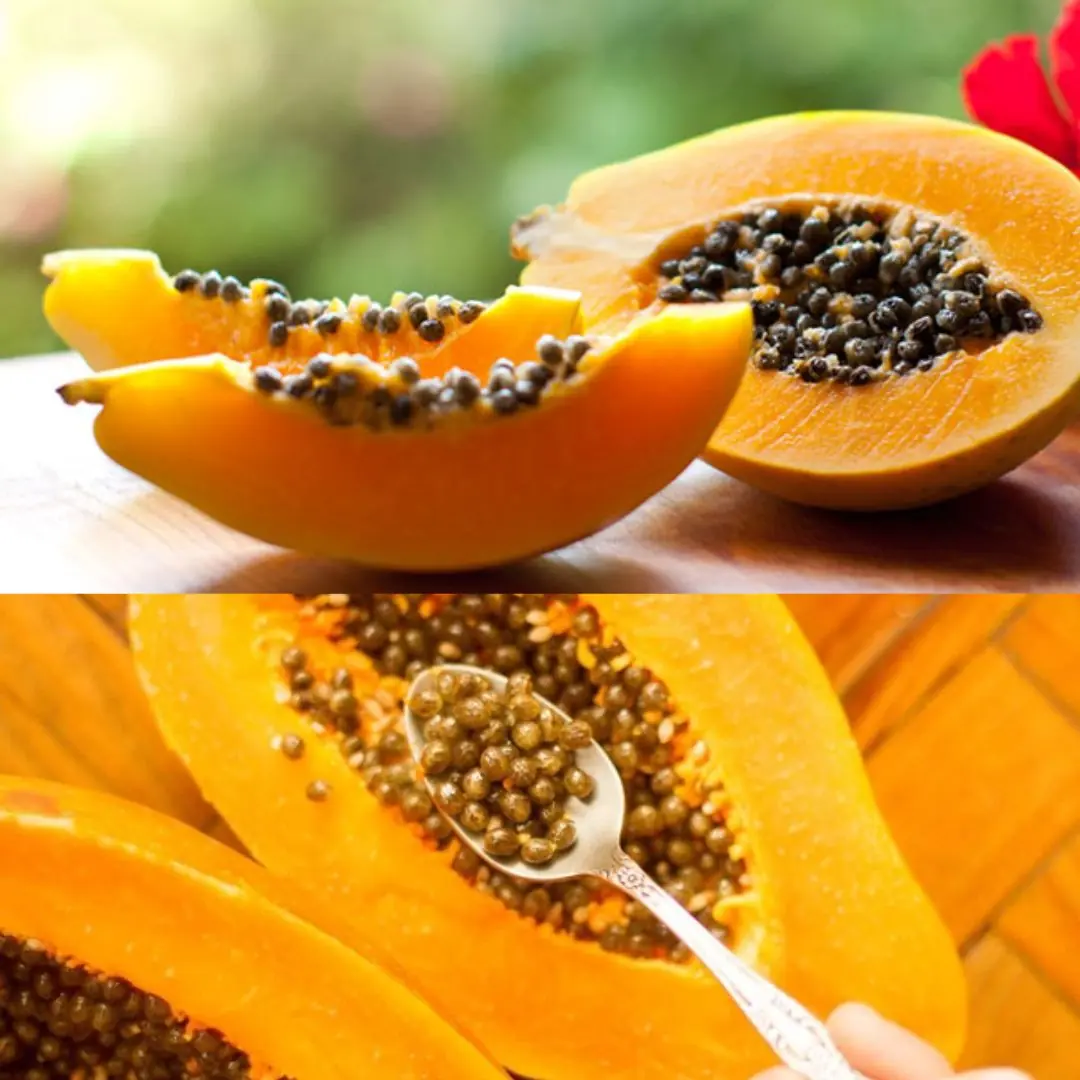
The Powerful Health Benefits of Papaya Seeds: Why You Should Include Them in Your Diet
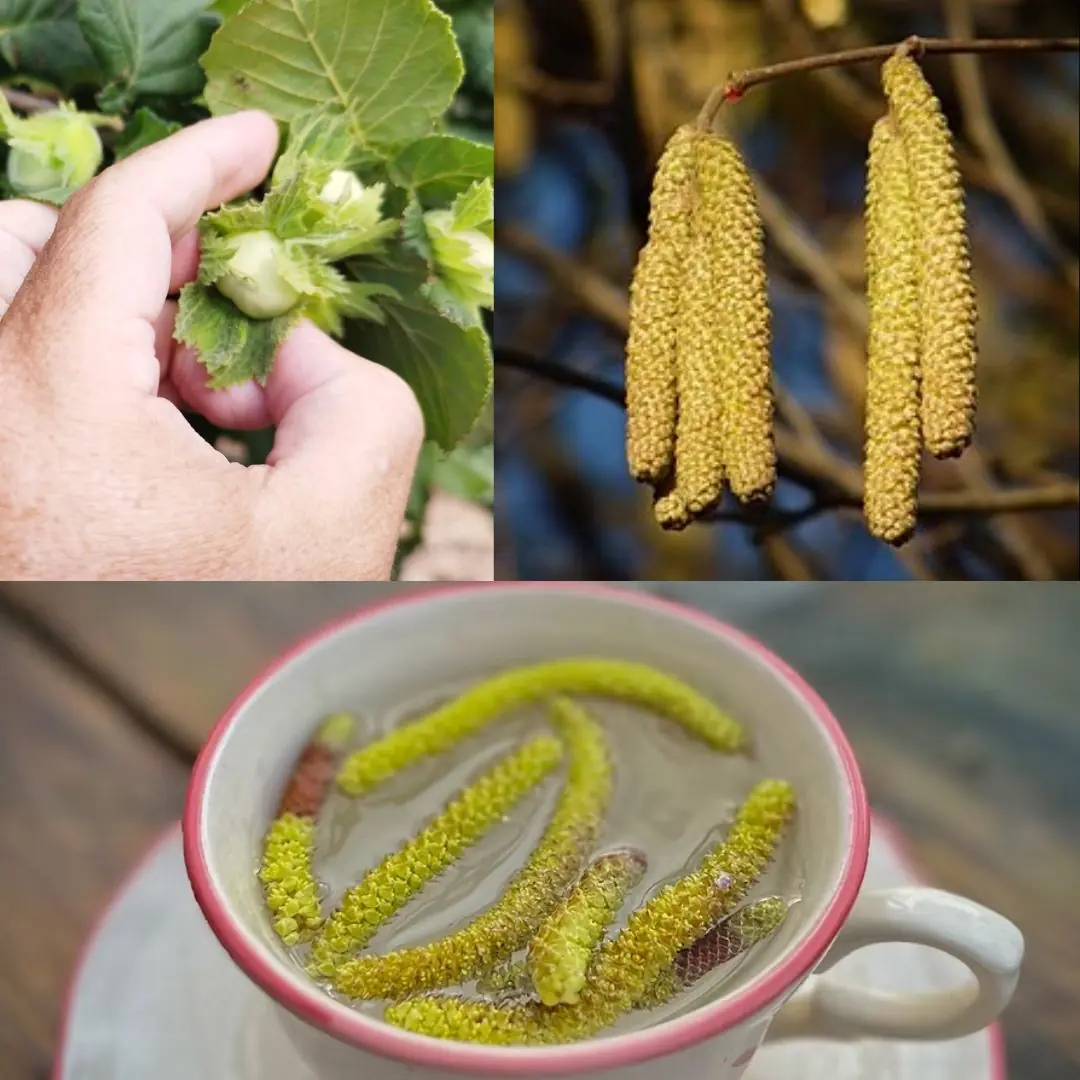
The Wonderful Hazel Tree (Corylus avellana): Nutrition, Healing, and Traditional Uses of Every Part
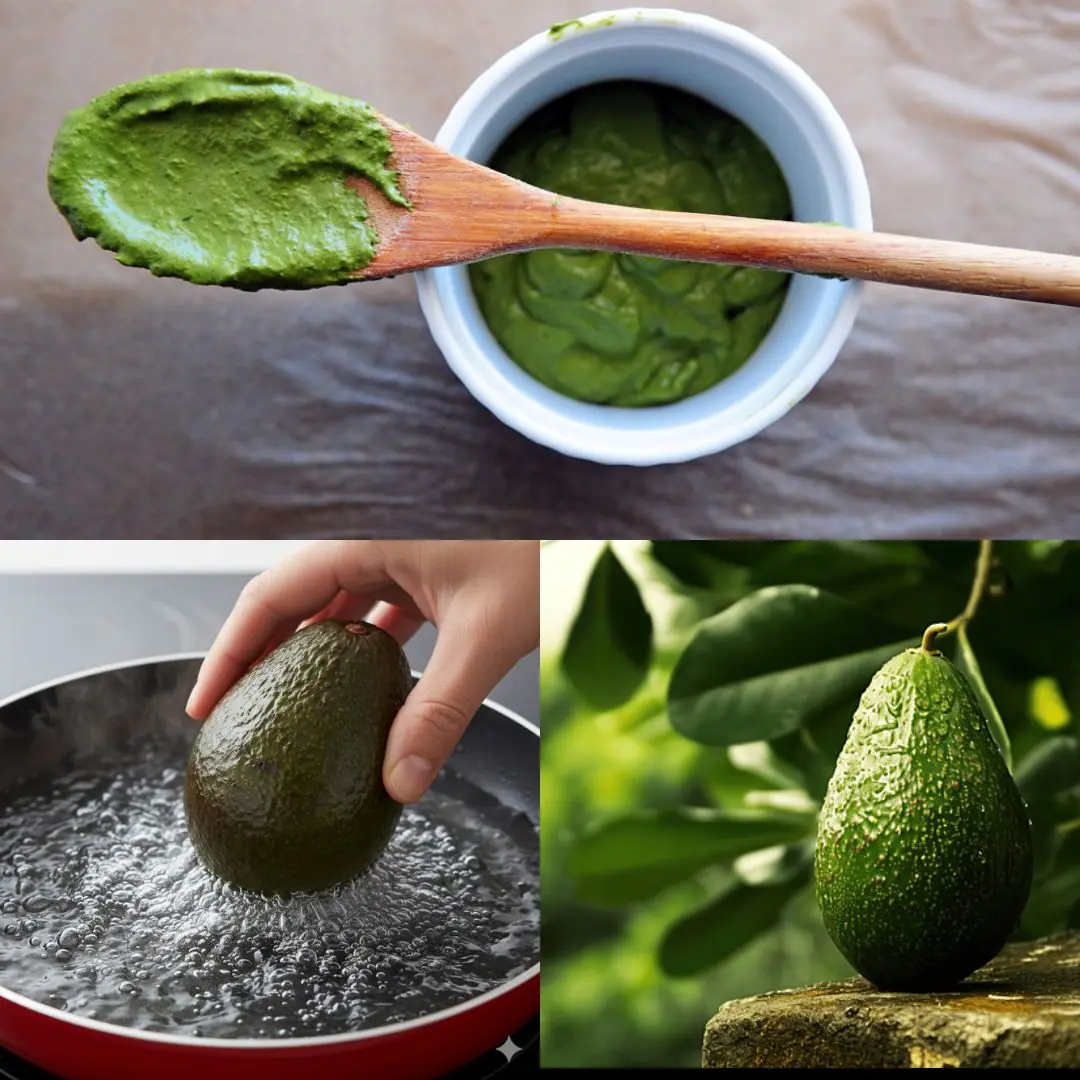
Boiling a Whole Avocado: The Secret to Softness, Nutrition, and a Delicious Baked Recipe
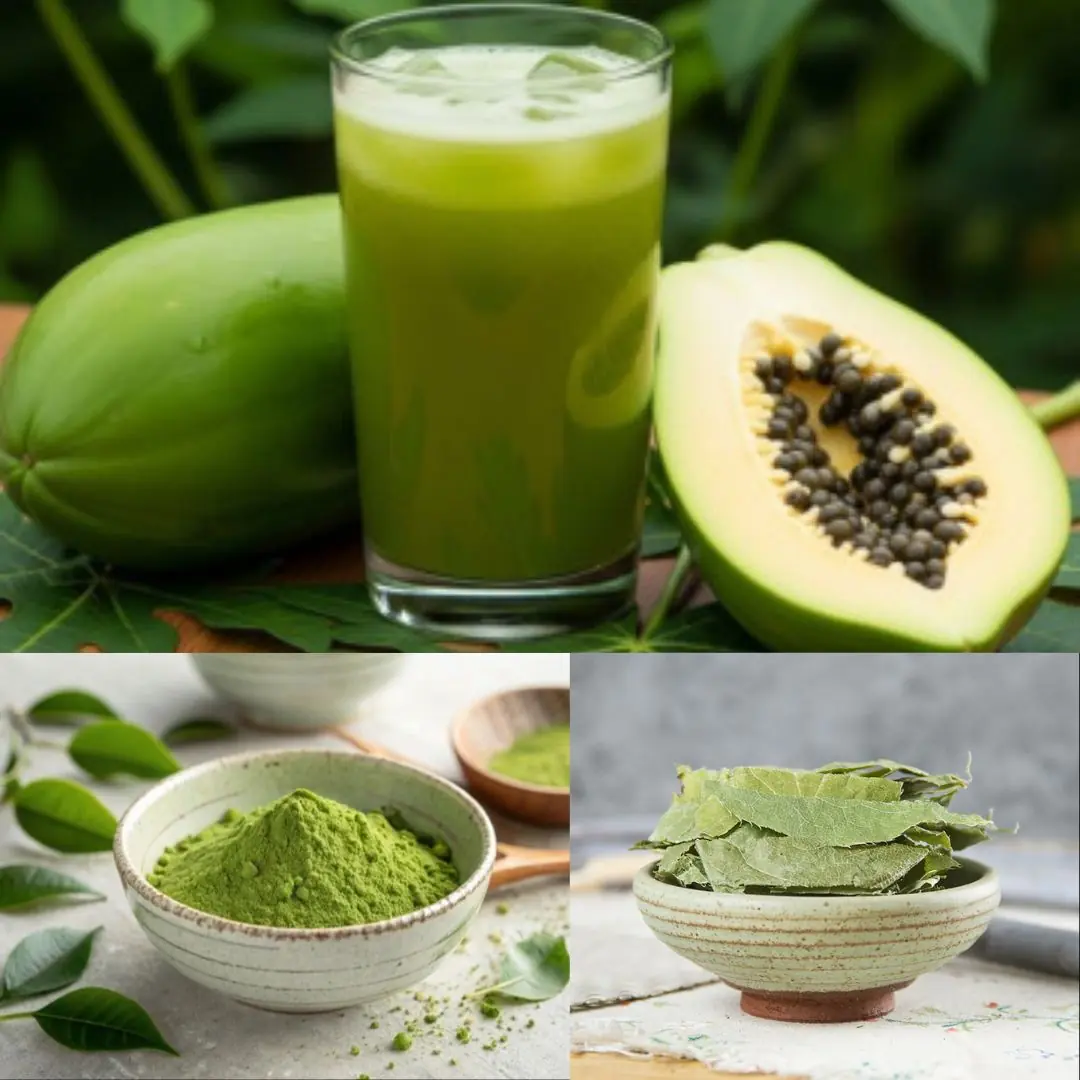
The Hidden Healing Power of Papaya Leaves
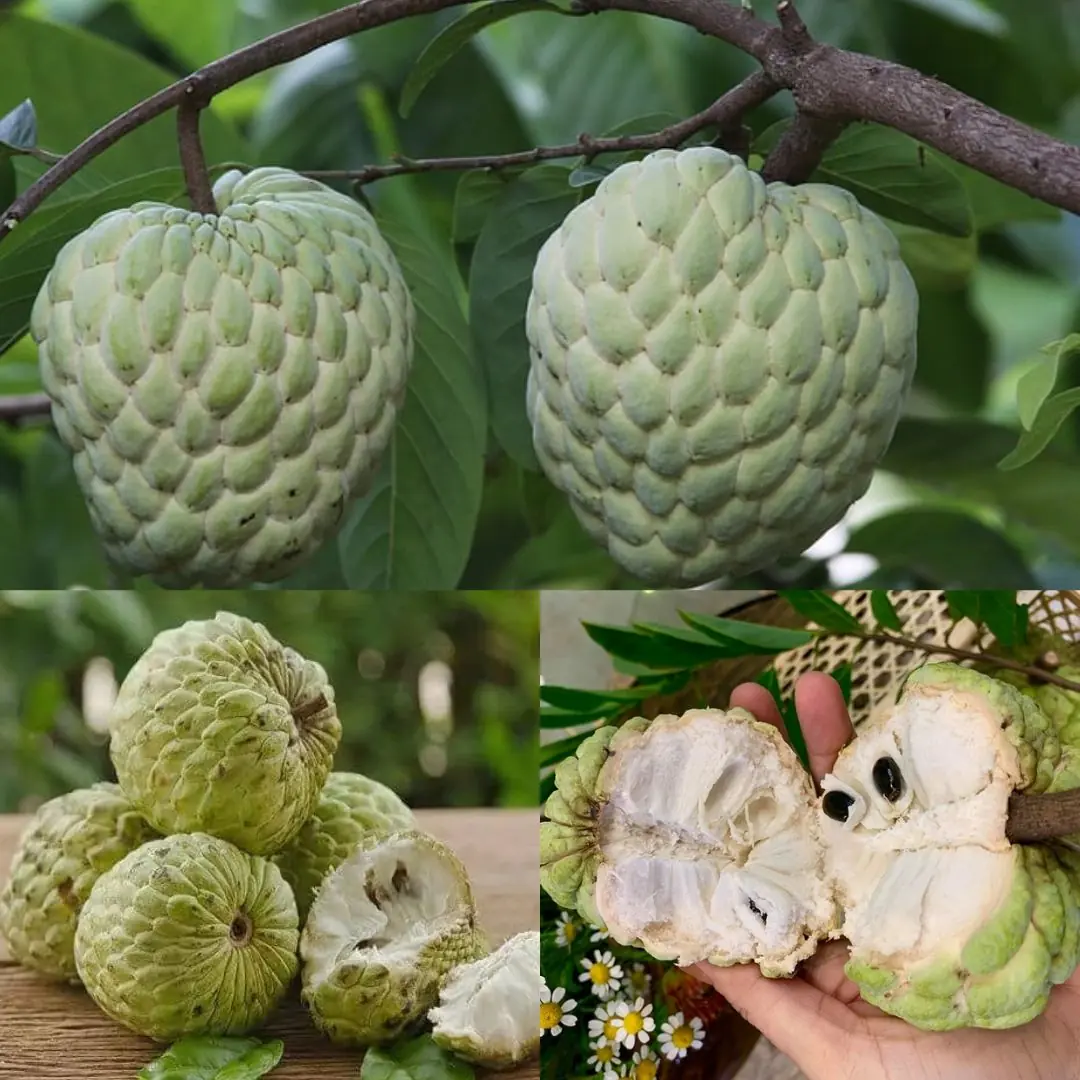
Sugar Apple (Annona squamosa): A Sweet Fruit with Powerful Health Benefits

25 Worrying Signs Your Body Is Trying to Warn You of Serious Health Problems (and What to Do About Them)
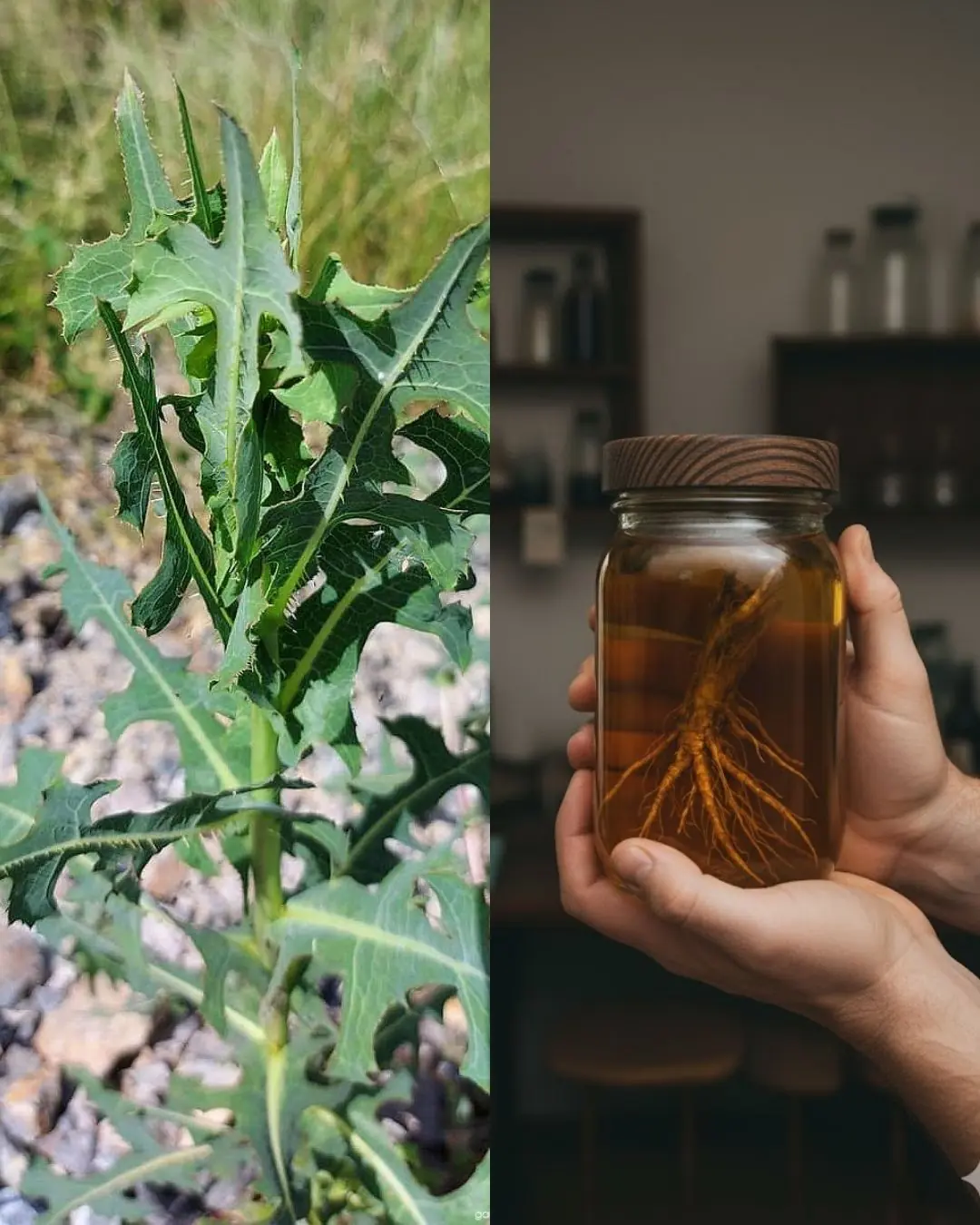
The Hidden Power of Lactuca serriola Root (Prickly Lettuce Root)
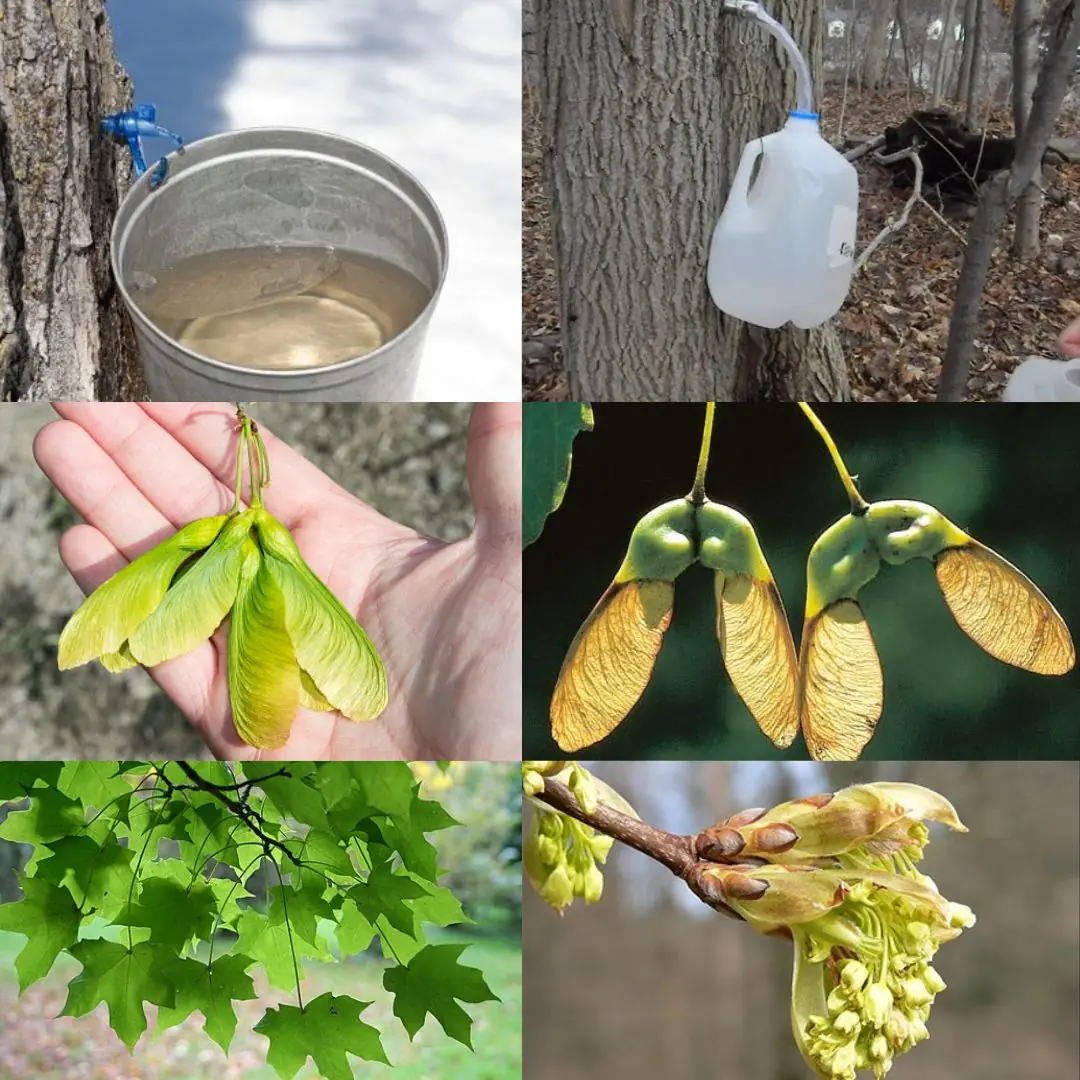
Maple Trees from Root to Crown: A Complete Guide to Every Edible Part
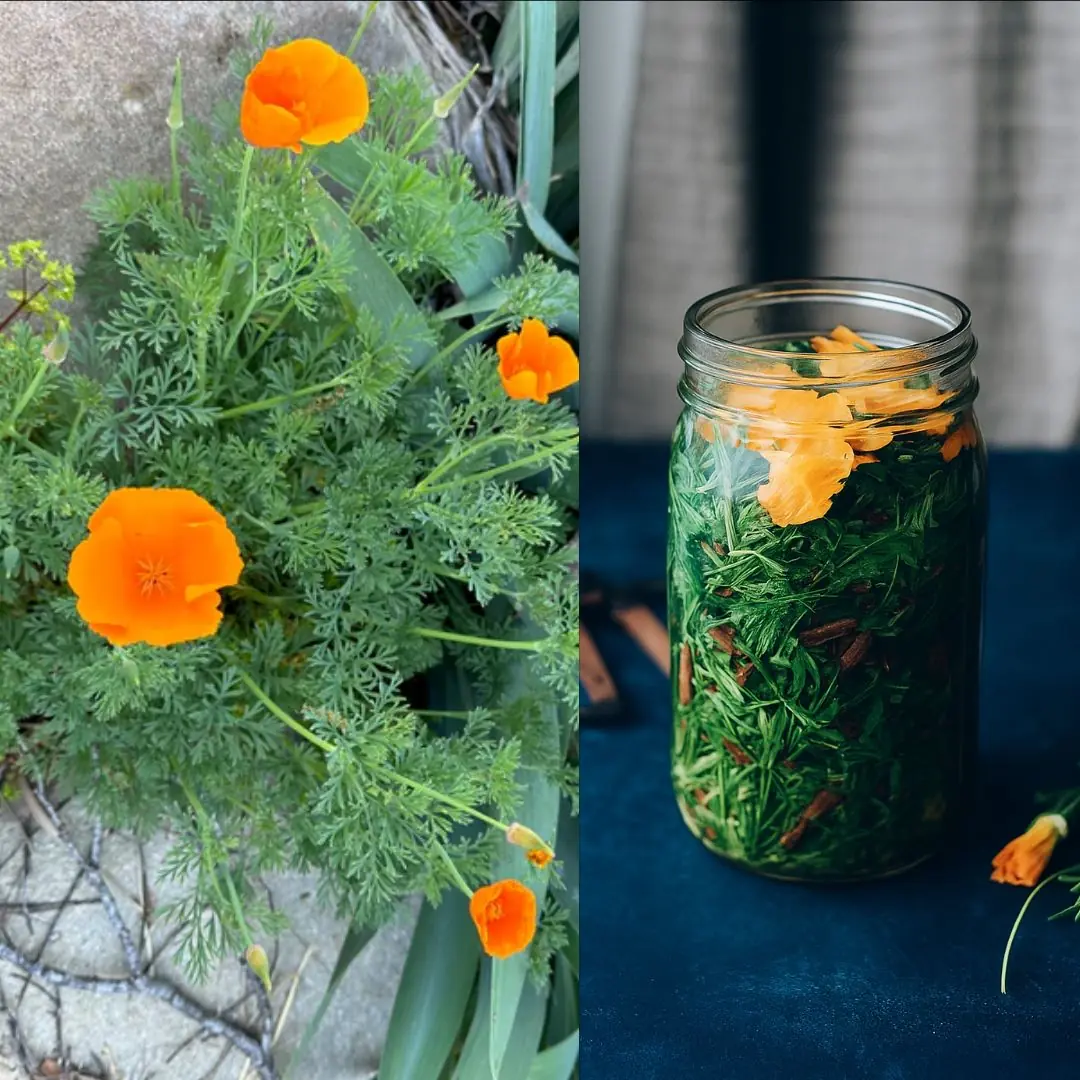
California Poppy: Nature’s Gentle Remedy for Relaxation and More
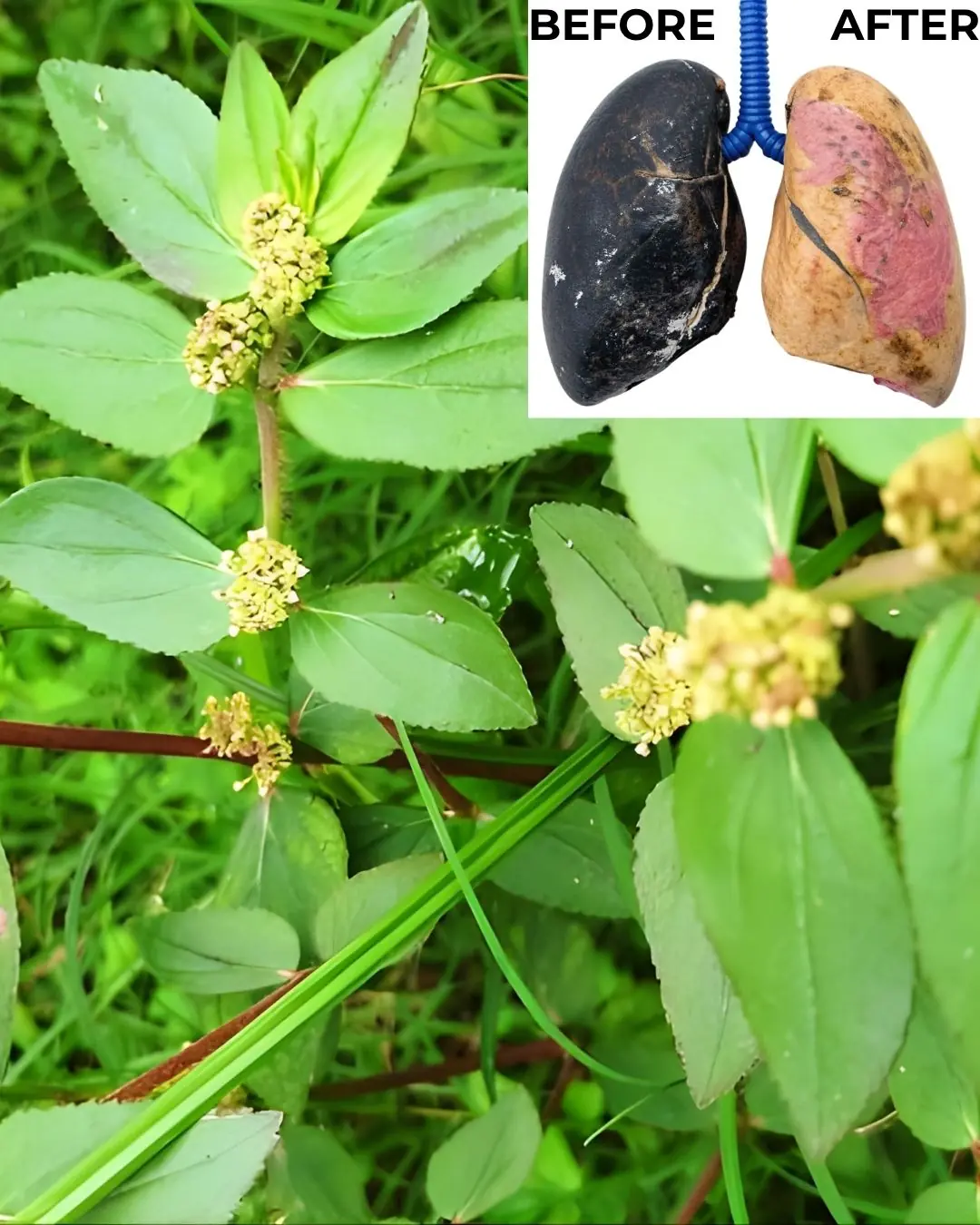
Euphorbia Hirta: 30 Benefits and How to Use It Safely
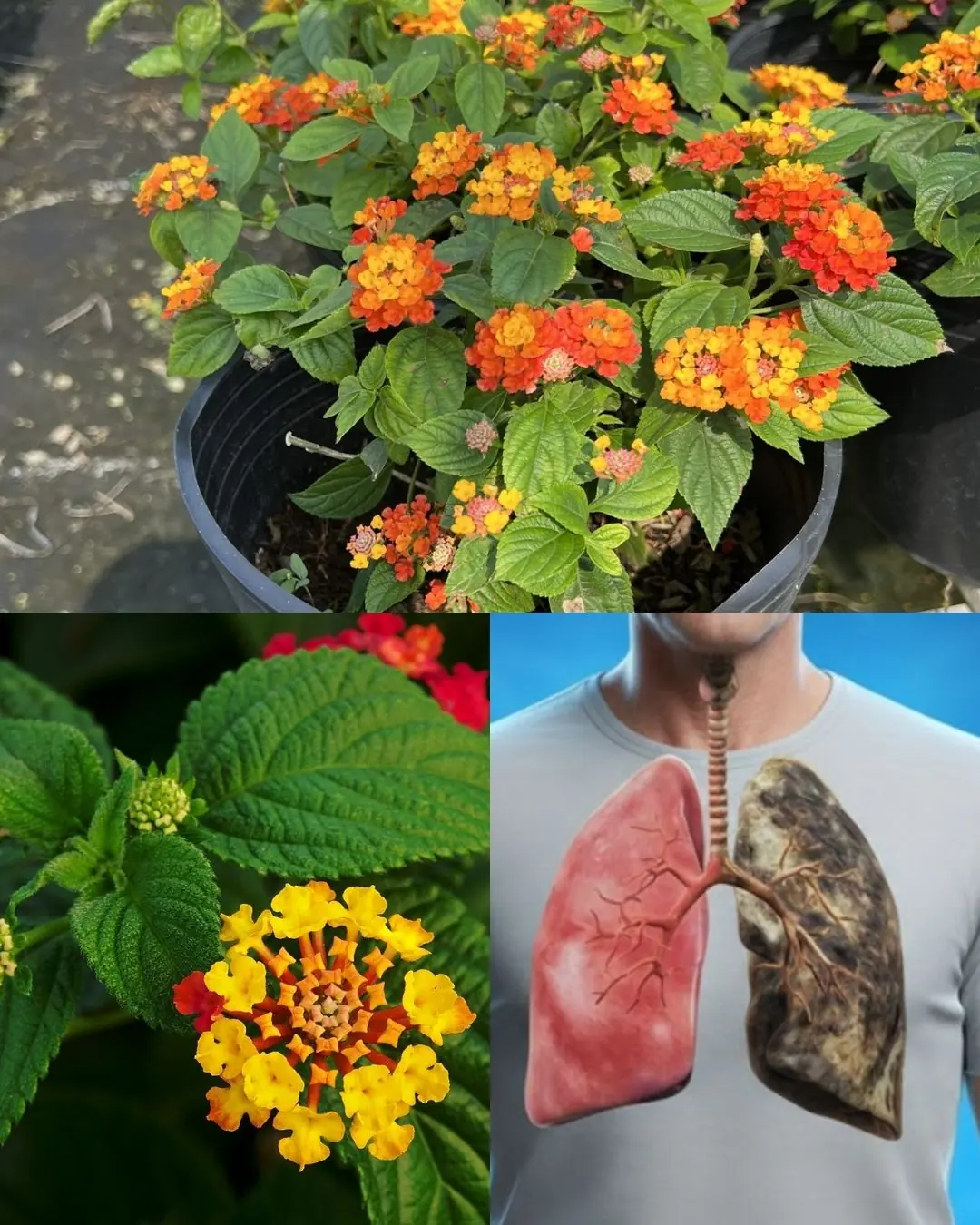
The Hidden Power of Common Lantana (Lantana camara): What You Can Safely Do with It at Home
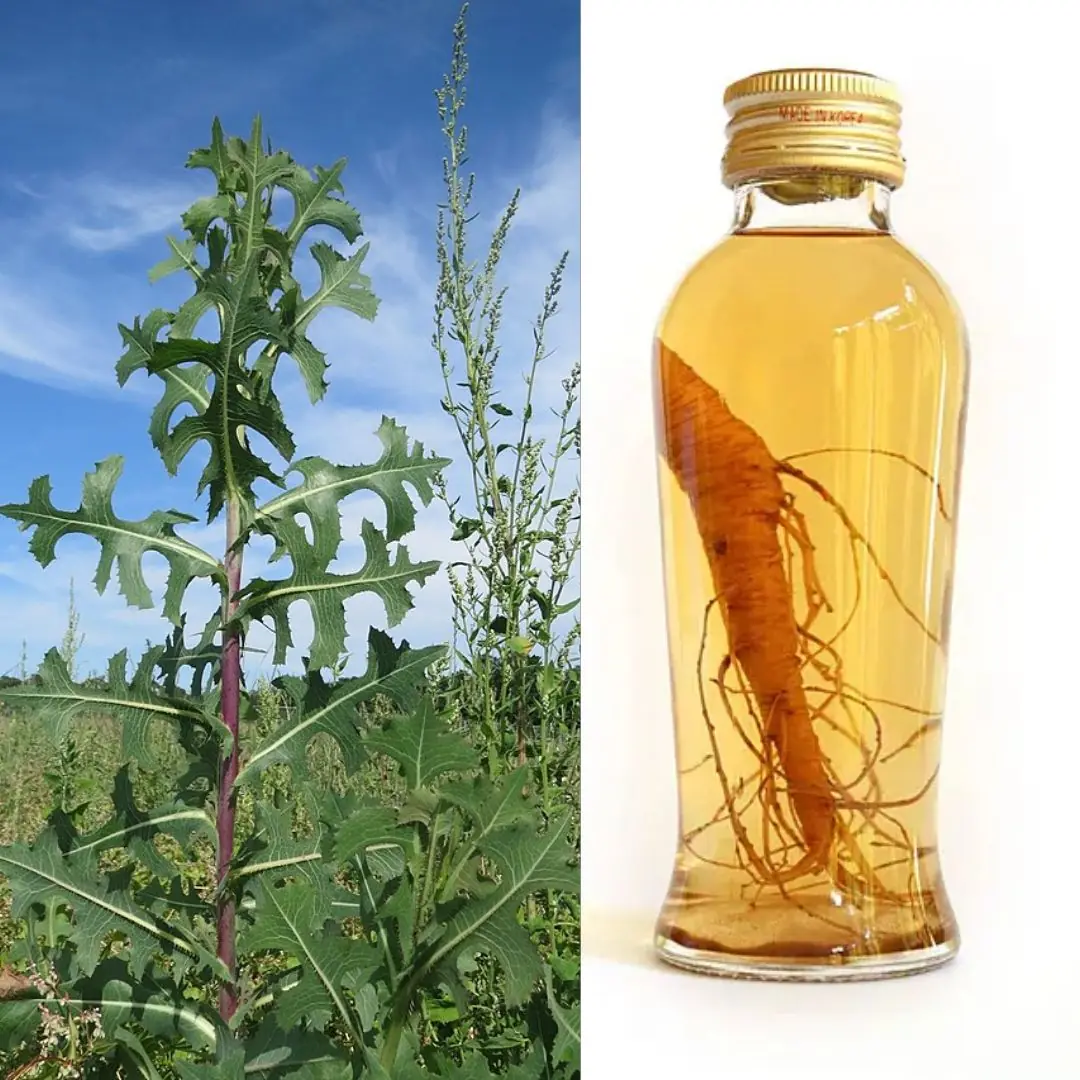
Wild Lettuce Root – Benefits, Uses, and Natural Pain Relief Properties
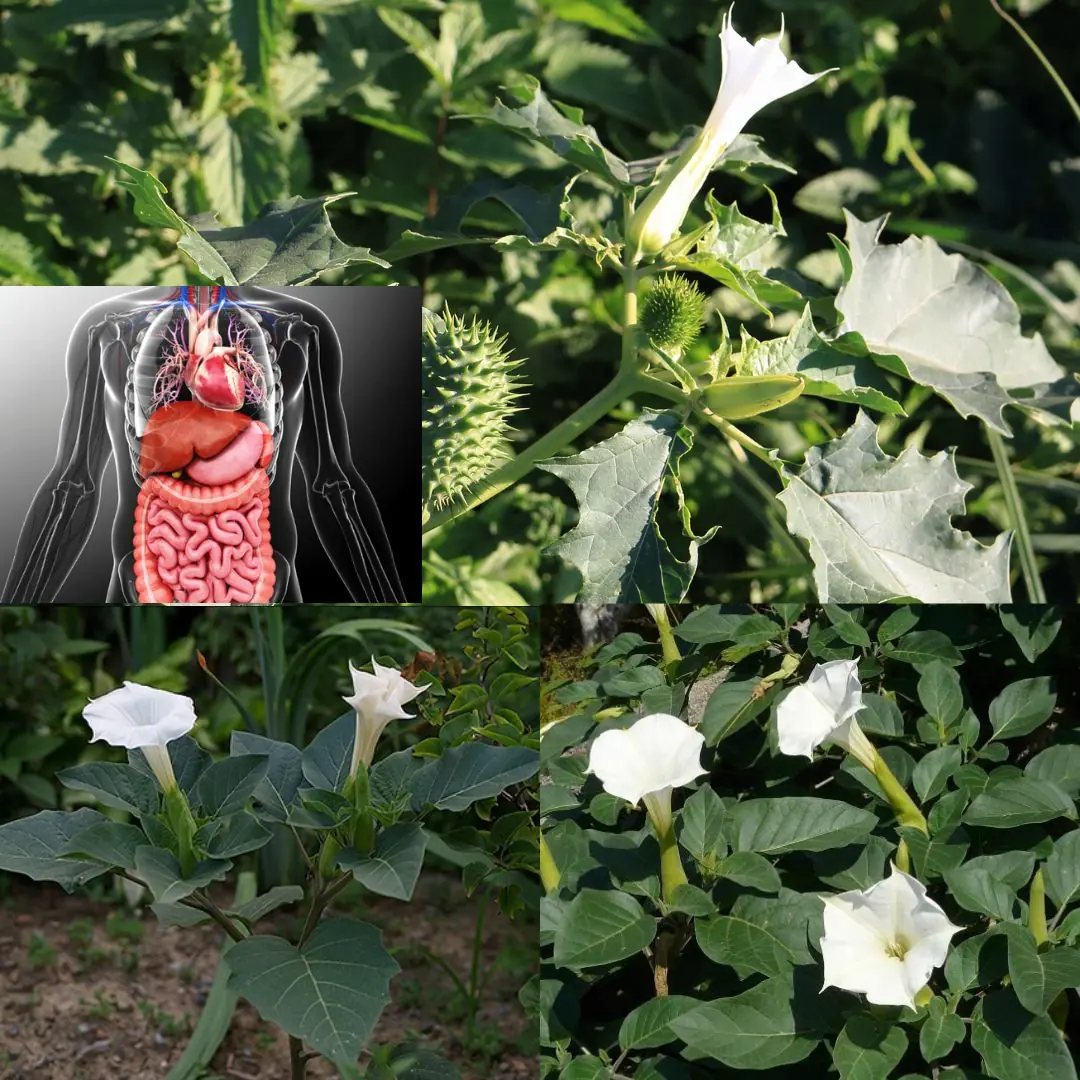
The Datura Genus: Why You Should Keep Your Distance from These Toxic Plants
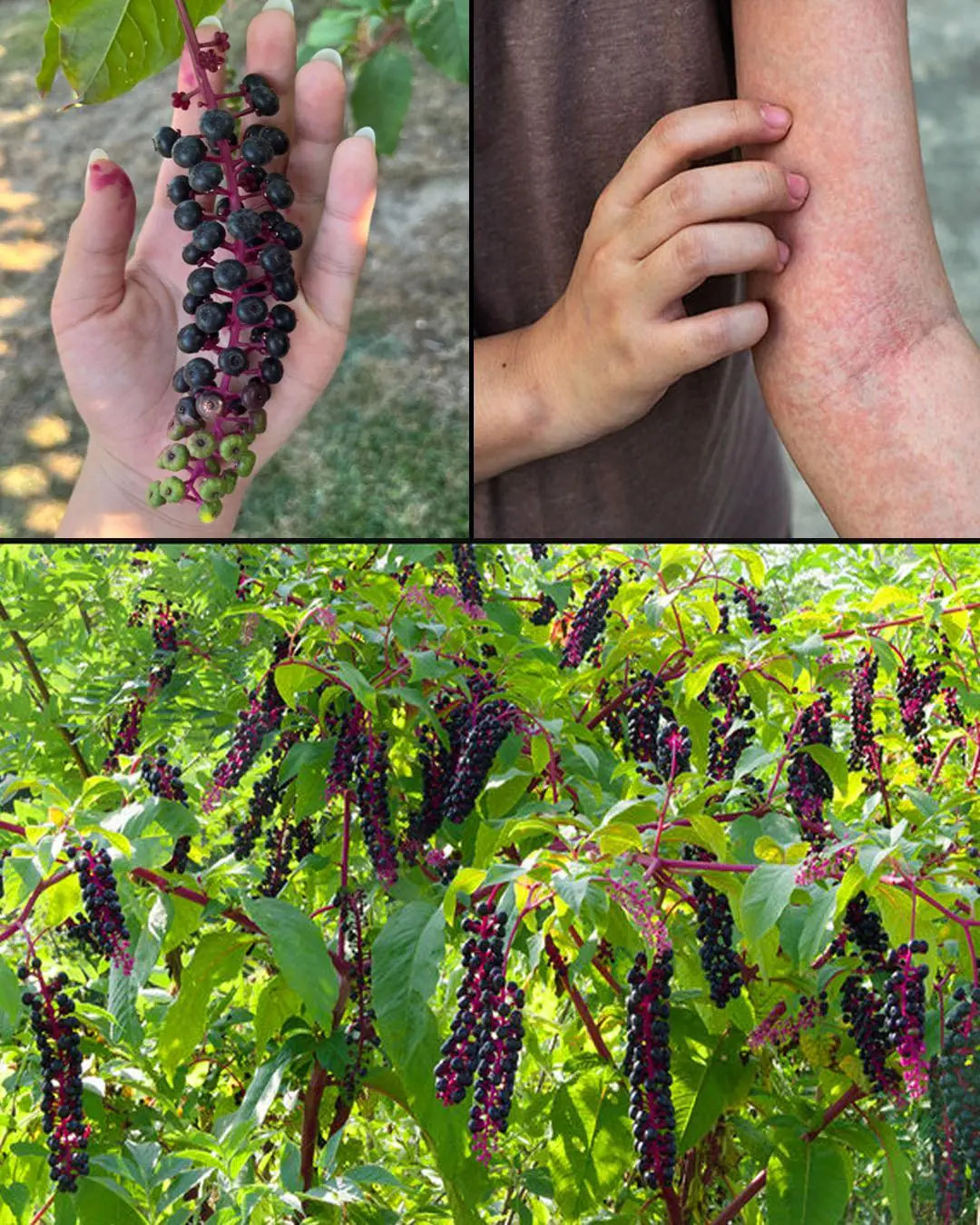
Pokeweed: The Attractive but Highly Toxic Plant Growing in Your Backyard
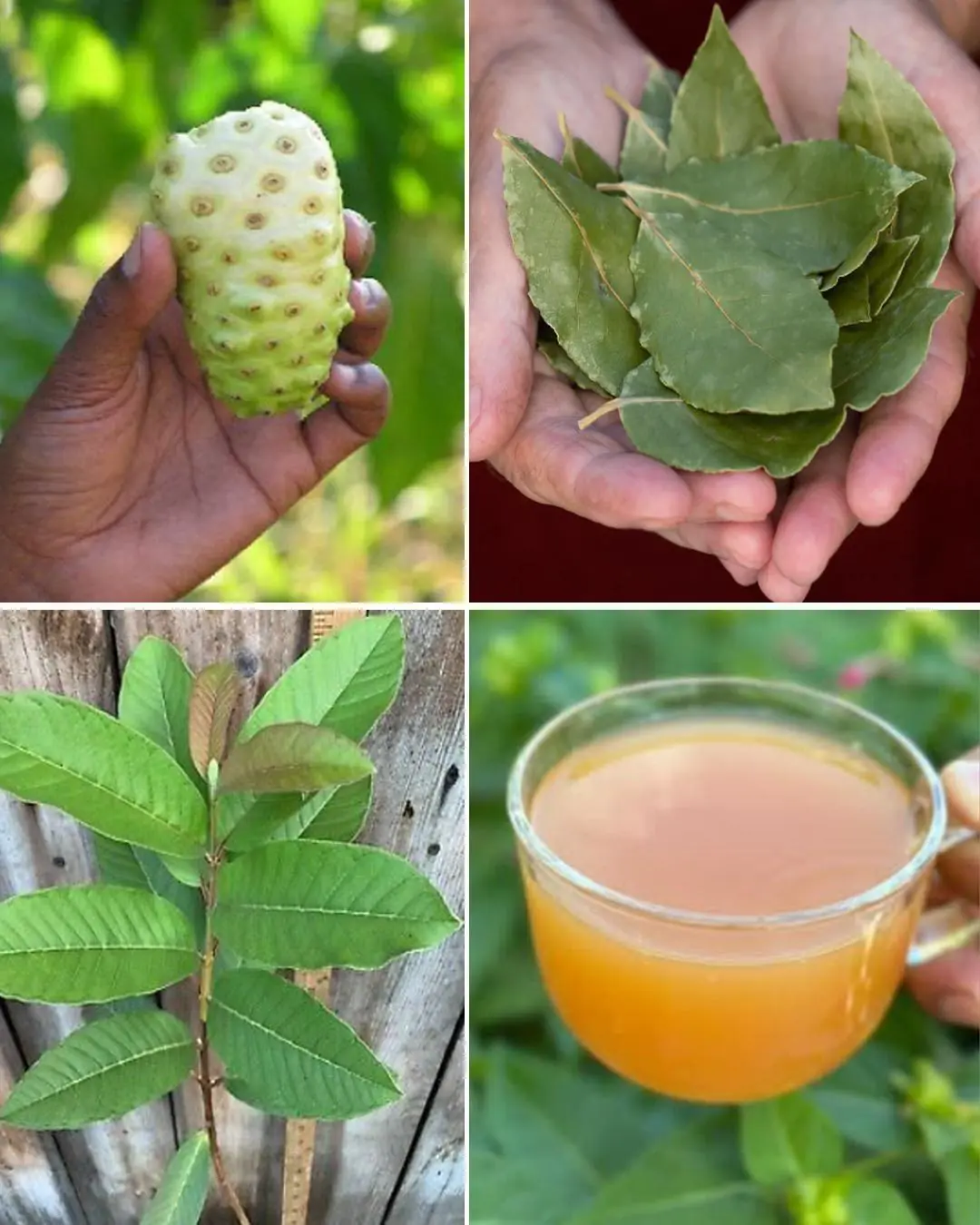
The Ultimate Healing Tonic: A Powerful Drink to Combat Swollen Feet, Diabetes and Poor Circulation
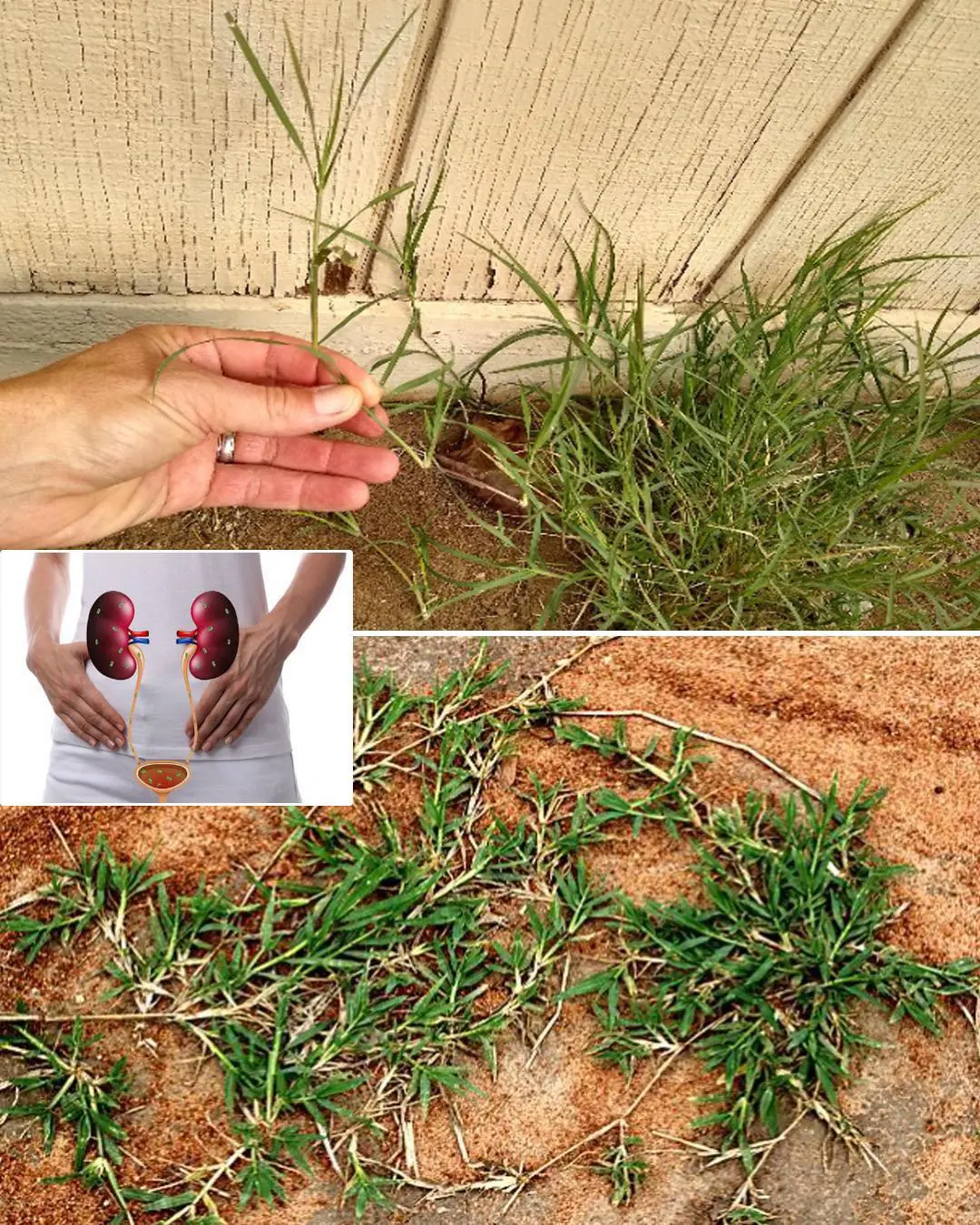
Cynodon dactylon (Bermuda Grass): Benefits and Uses
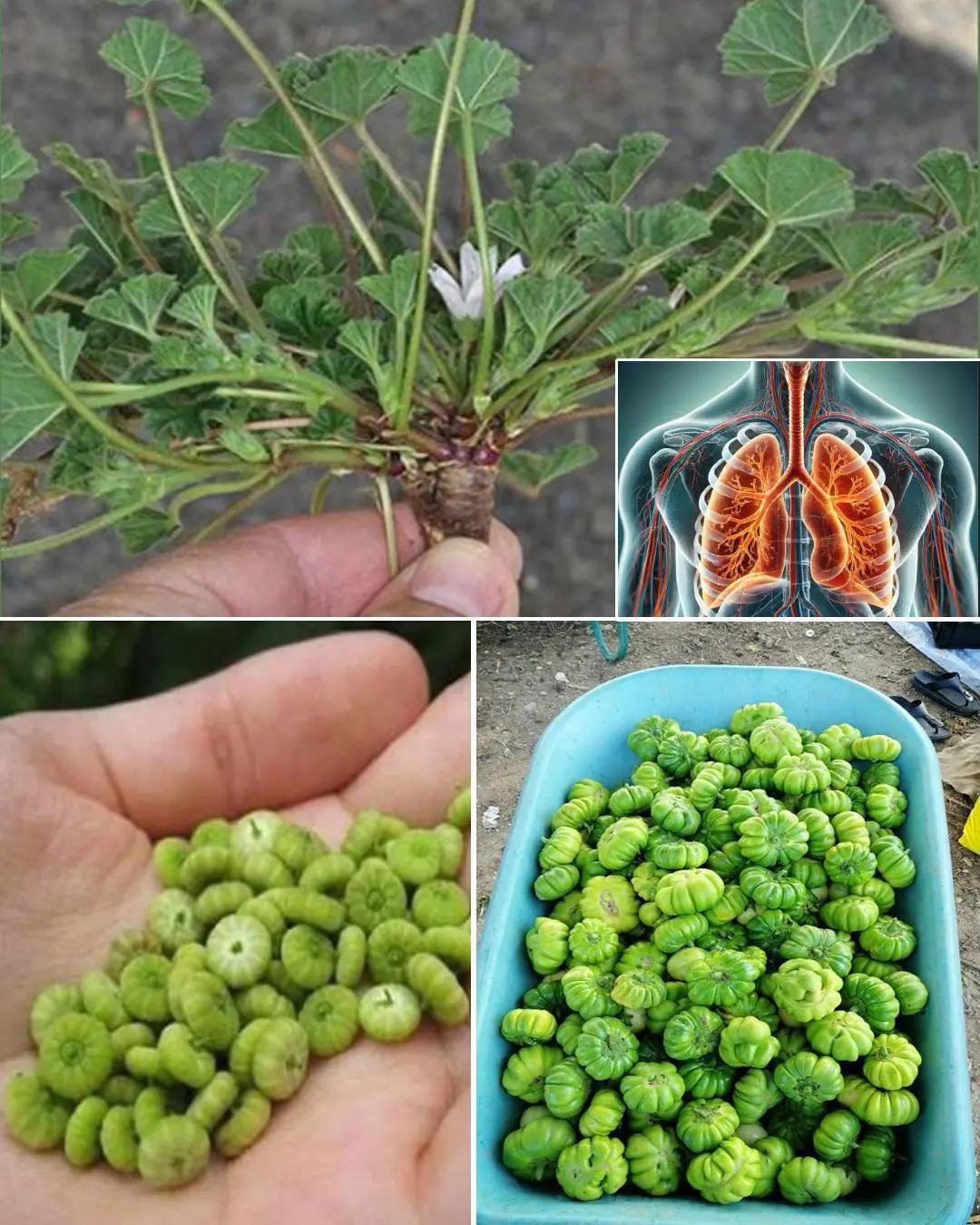
Exploring the Health Benefits of Common Mallow: A Nutritional Powerhouse
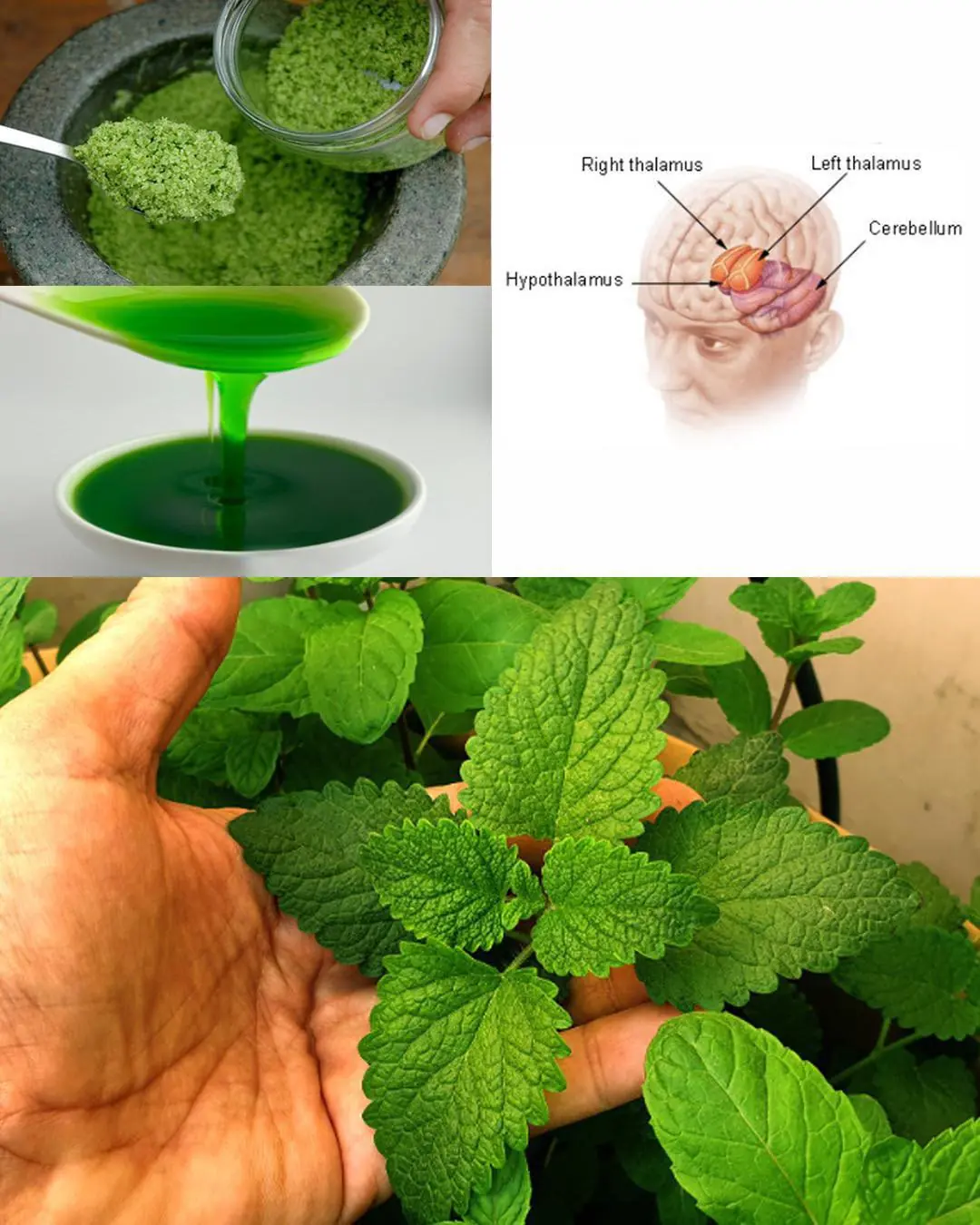
Mint: The Miracle Herb for Health, Healing, and Refreshment
News Post

Discover the Hidden Power of Hops for Health and Home Remedies

The Powerful Health Benefits of Papaya Seeds: Why You Should Include Them in Your Diet

The Wonderful Hazel Tree (Corylus avellana): Nutrition, Healing, and Traditional Uses of Every Part

Boiling a Whole Avocado: The Secret to Softness, Nutrition, and a Delicious Baked Recipe

The Hidden Healing Power of Papaya Leaves

Sugar Apple (Annona squamosa): A Sweet Fruit with Powerful Health Benefits

If you find a centipede at home, here is what it means...

Why We Feel That Little Electric Sh0ck When We Touch Another Person—Science Explains

If a Man Doesn’t Appreciate You, Here’s What You Should Do

25 Worrying Signs Your Body Is Trying to Warn You of Serious Health Problems (and What to Do About Them)

The Hidden Power of Lactuca serriola Root (Prickly Lettuce Root)

Why You Should Stop Waking Up to Urinate
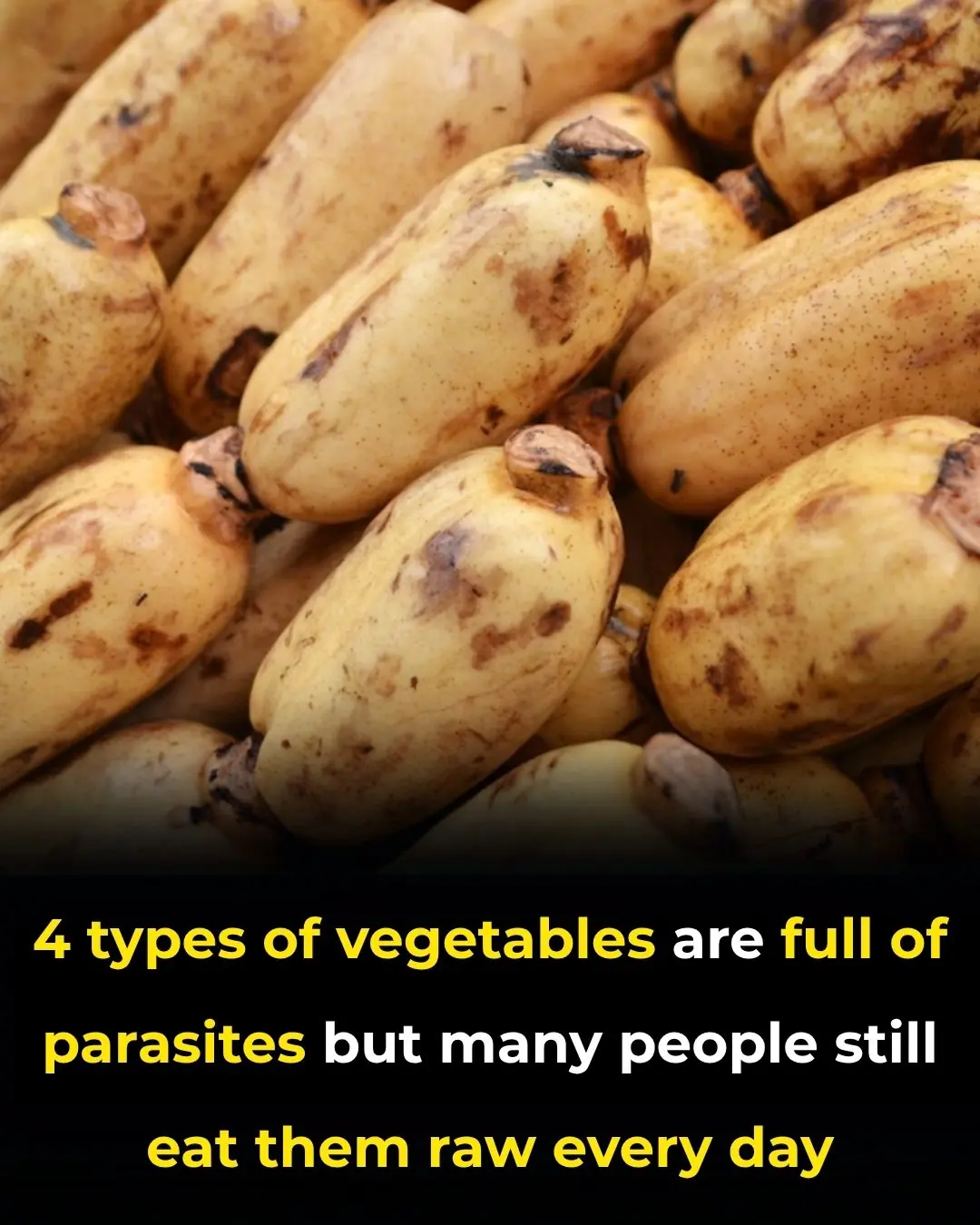
4 types of vegetables are full of parasites but many people still eat them raw every day

Hidden Dangers in Your Mouth: Early Signs of Oral Cancer

Maple Trees from Root to Crown: A Complete Guide to Every Edible Part

7 Signs of Arthritis You Shouldn't Ignore

California Poppy: Nature’s Gentle Remedy for Relaxation and More

What is its purpose. see details

When a woman stops loving a man, she begins…
